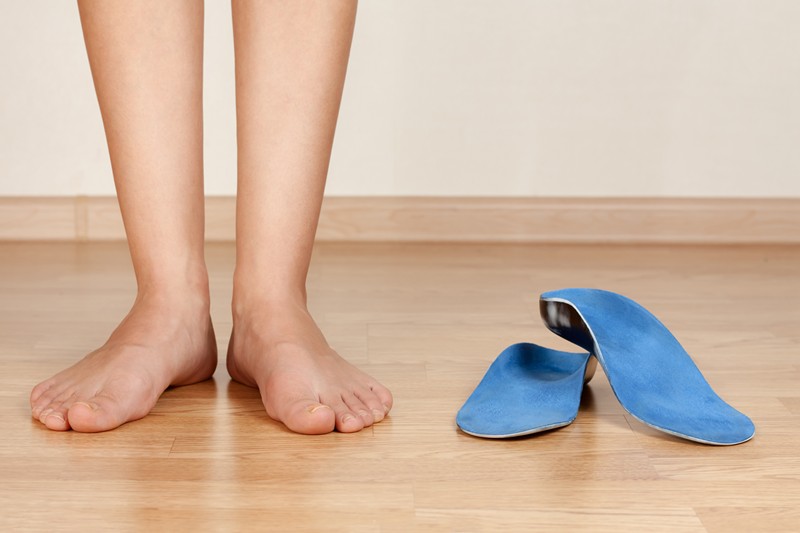
Discount on Custom Orthotics
As a podiatrist, we often recommend orthotic devices as they can be of great benefit for the wearer. Before we dive into the benefits of wearing orthotics, let’s answer the question of what an orthotic is, from a podiatrist point of view.

In today’s world, it seems like everyone is marketing their orthotics. You see them in retail stores, shoe stores, ski shops, and even Facebook ads. As a podiatrist, the whole concept of what an orthotic is has been muddied. My opinion is shared by my colleagues- podiatrists believe there is a non-weight-bearing, neutral-point position of the foot. And so, whatever technique is utilized to fabricate an orthotic, an impression of the foot should be taken in this position.
The foot is positioned at its optimal functional position. Any kind of orthotic that is made from a technique that involves any partial or full weight-bearing, we feel is not done accurately. There are small, torsional abnormalities, sometimes between the front half and rear foot, that are not taken into account when the foot is bearing weight. A podiatrist’s orthotic is much more precise and is able to support and control excessive motion in the foot more accurately. That is not to say that an orthotic made from a weight bearing technique won’t work, but the chances are greatly reduced. It is a common story of patients we treat.
Benefits of Orthotics
I am writing this blog at a time where some advocate barefoot running, or running in minimalist shoes. So hear me out from a foot specialist’s point of view. Outside the office, when someone finds out I’m a podiatrist, I’m often asked what types of shoes are best. Using tact, I’ll make the point that it’s like asking an optometrist what lens prescription they should have. We expect that kind of precision for our eyes, but medicine seems to not think the same rules apply to the feet.
If one has excellent foot structure, I’m not opposed to the idea of barefoot running. My point is that it all starts with what foot type you’ve inherited. It has been observed that 70% of people may have feet that overpronate. Pronation is simply the motion that involves the flattening of your feet. The foot will flatten the arch and abduct, or move away from the other foot. A more ideal foot type does not overpronate, and the actual bony structure helps stabilize and support the foot. There is a locking mechanism that takes place in the bones in the midfoot area. Those that have feet that are much more flexible, or pronates more easily, are thought to have a foot where the bones do not lock and support the foot. Therefore, soft tissue needs to. This can cause excessive stress on structures such as tendons, joints, nerves and other soft tissue structures such as fascia. So, how do you know if custom orthotics might be useful? The following are some tips and specific conditions you should know about.
If you keep getting the same type of injury or foot pain over and over, or if you’ve had that injury for an extended period of time, it may be time to look into orthotics. Especially if you’ve already tried resting, anti-inflammatories, and icing the area. This could also be an indication that your foot type lends itself towards having specific issues.
Soft tissue problems
- Plantar fasciitis and Achilles tendinitis
- One of the more common problems is plantar fasciitis commonly referred to as heel pain. Orthotics will reduce the stress of the plantar fascia pulling on the bottom of the heel. For Achilles tendonitis the stress on the Achilles will be reduced.
- Foot deformities
Nerve problems
- Neuromas and tarsal tunnel syndrome
- Neuromas are a nerve enlargement that can occur in the ball of the foot. If you’re experiencing burning, tingling and numbness on the bottom of your foot, you may have tarsal tunnel syndrome.
- Joint pain
- Arthritis in the foot can also be treated with orthotics and it’s a safer, drug free approach. This may include big toe joint pain commonly referred to as Hallux limitus. Also, ankle pain and pain in the small joints in your arch.
Final Thoughts
- You may save money as you’ll quit shopping for shoes to solve your foot problems. The orthotic can be taken from shoe to shoe and will neutralize the less optimal shoe as it’s designed precisely for your foot.
- You’ll avoid injuries as certain foot structures lend themselves to certain injuries
- You could lose weight and sleep better as you become more active.
If you yourself frustrated with your inability to stay active, please consider a consultation with us to truly understand more about the foot structure you have and how it may be the issue that no one has explained to you. There are many benefits of wearing orthotics, so it’s time you discover for yourself!

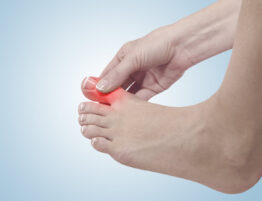

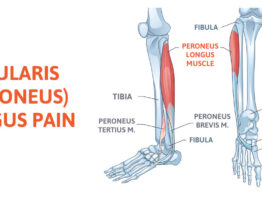


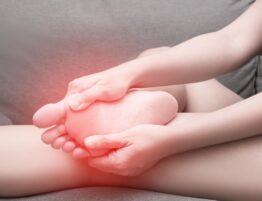

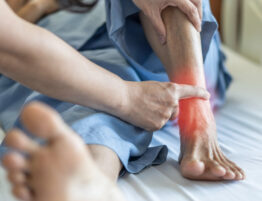
Write a comment: